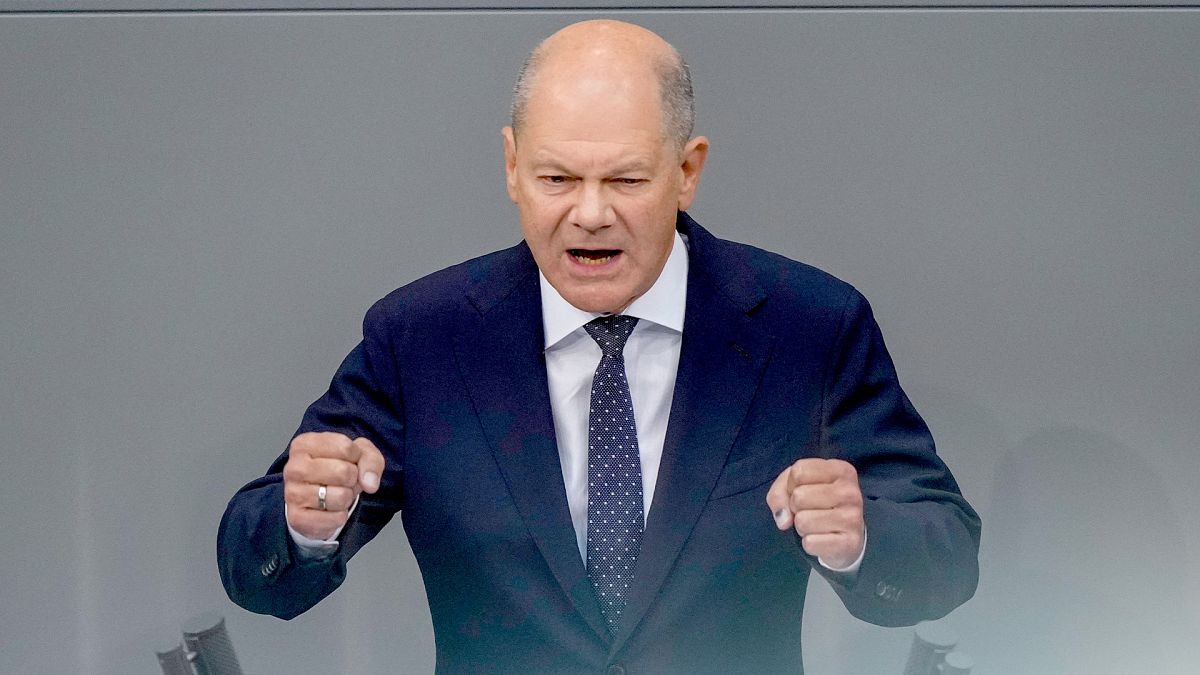Ireland’s housing market is facing a significant crisis, largely driven by a decade of insufficient supply and an urgent need for additional homes. The Irish Central Bank emphasizes that approximately 20,000 extra properties must be constructed annually to alleviate the current housing situation.
Currently, Ireland ranks among the EU nations grappling with the most severe housing issues, with property costs soaring to levels nearly double the EU average in 2022. The impact of these rising costs has been so pronounced that companies like Ryanair have begun purchasing properties to provide adequate housing for their employees, illustrating the extent of the problem.
According to the Irish Central Bank’s report, the past ten years have seen a remarkable population increase, leaving three out of four individuals unable to find suitable rentals or homes for purchase. For many, the escalating property prices have rendered homeownership unattainable.
Increase in Housing Expenditure
In response to this crisis, the Irish government has ramped up its housing budget from approximately €1 billion to a substantial €6.5 billion annually, now among the highest in the European Union. This initiative, known as “Housing for All,” aims to ensure affordable housing for every citizen. In 2022 and 2023 alone, over 30,000 new residences have been constructed, with a target of 33,000 each year.
While last year’s target was successfully met and the Central Bank acknowledges a meaningful uptick in housing supply, the insatiable demand is perpetuating soaring house prices. The latest figures from the residential property price index indicate a staggering 9.6% increase in prices over the 12 months leading to the end of July 2024, according to the Irish Central Statistics Office.
What Can Be Done to Address the Crisis?
The Central Bank urges an increase in annual housing targets, noting that population growth has outpaced prior forecasts. A “pent-up” demand has accrued over the last decade, and projections suggest a steady increase in population in the coming decades. The Bank advocates for the construction of 52,000 new homes each year until 2050 to keep pace with demand.
However, it’s not just about numbers. The Central Bank stresses that enhancing productivity in the construction sector is crucial, as the repercussions of the financial crisis have left lasting effects. The sector currently relies too heavily on smaller enterprises, necessitating investment in modern equipment and technology.
Analysis shows that the construction sector requires between €6.5 billion and €7 billion annually in additional funding beyond current levels to meet present and future housing needs. While the Central Bank acknowledges the high cost, they warn that delaying action could have far-reaching economic consequences in the long run.
The ongoing housing shortage, compounded by rising living costs, is positioned to negatively impact businesses across Ireland, undermining competitiveness and sustainable growth in the medium term, as per the Central Bank’s findings.
Photo credit & article inspired by: Euronews



